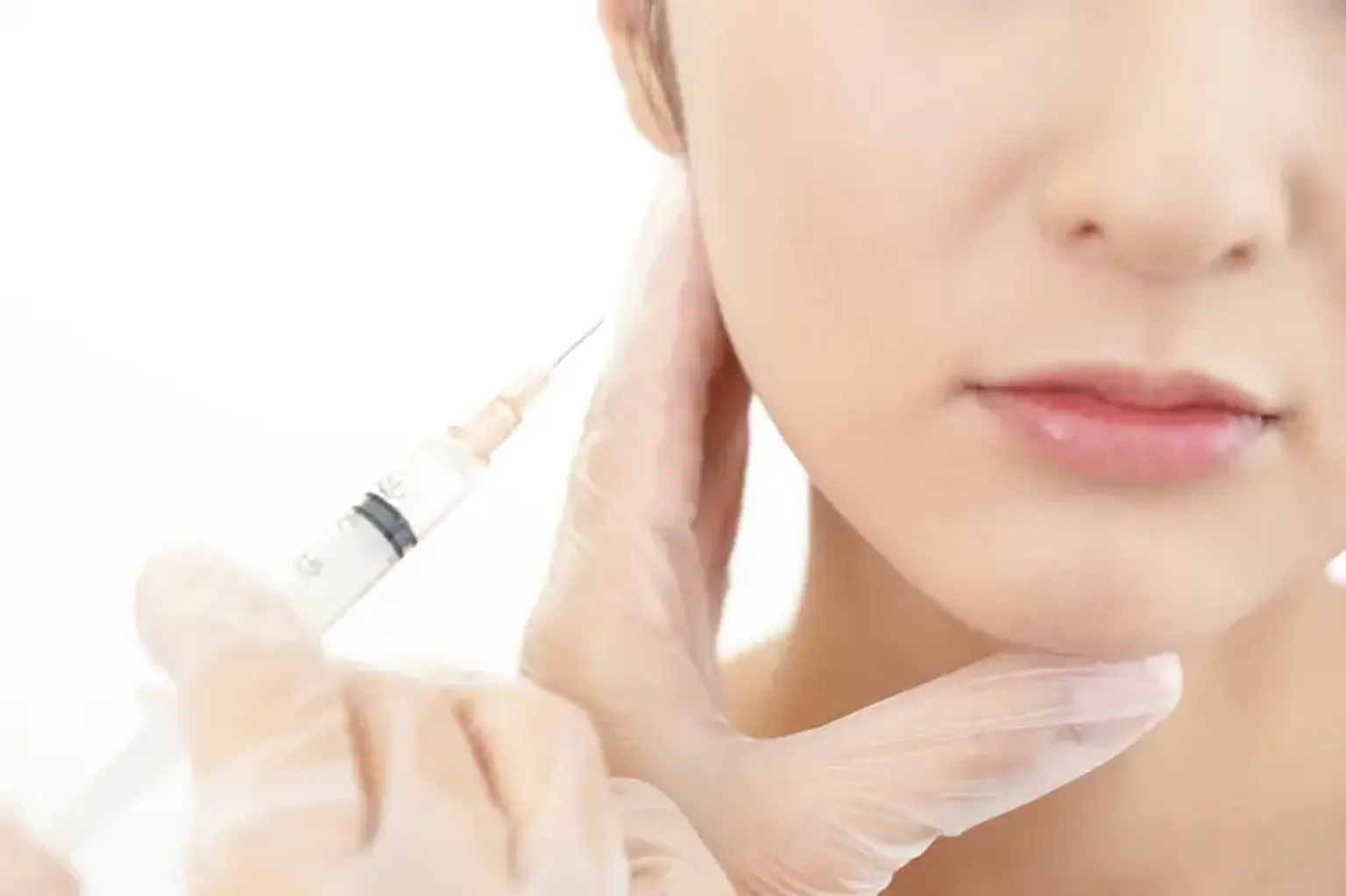Introduction
Jaw slimming with Botox is a non-surgical procedure that uses Botox injections to create a more refined, sculpted jawline. This treatment targets the masseter muscles—large muscles located in the jaw responsible for chewing and grinding. By relaxing these muscles, Botox reduces the bulk of the jaw and enhances facial contouring. The procedure is increasingly popular due to its minimal downtime and ability to achieve noticeable, natural-looking results without the need for invasive surgery.
Botox has long been associated with wrinkle treatment, but it has evolved to serve aesthetic purposes beyond the face. Jaw slimming with Botox has become a sought-after procedure for individuals who desire a more feminine or V-shaped jawline. It is particularly effective for people with prominent or square jaws, helping to soften the appearance of the lower face.
Understanding the Jawline Anatomy
To better understand how Botox works for jaw slimming, it’s essential to know a bit about the anatomy of the jawline. The jaw is made up of the mandible (lower jawbone), and surrounding muscles, including the masseter muscles, which are the main muscles responsible for chewing. These muscles can become enlarged due to factors such as habitual teeth grinding (bruxism), clenching, or even genetics.
A prominent jawline, often referred to as a "square jaw," is caused by overdeveloped masseter muscles. While some individuals naturally have larger or more angular jawlines, others experience hypertrophy (enlargement) of these muscles due to regular overuse. This leads to a wider, more angular jaw, which may be a source of self-consciousness for some people.
In contrast, a refined jawline—one that tapers into a more V-shaped or oval form—is often considered more feminine and aesthetically pleasing. Jaw slimming with Botox focuses on reducing the size of the masseter muscles, leading to a smoother, softer jawline.
